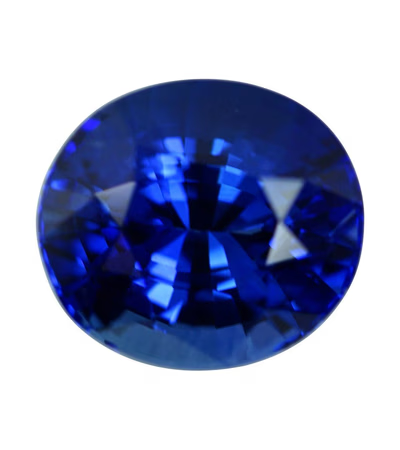The Sri Lankan gemstones market has experienced notable fluctuations over recent years, revealing both challenges and opportunities for stakeholders. A striking trend is the consistent decline in the country"s gross savings rate, which fell from 33% of GDP in 2021 to 27. 13% in 2022. This decline reflects broader economic strains, such as inflation surging from 8. 02% to 47. 46% in the same period, potentially impacting both domestic investment in the gemstones sector and the purchasing power for luxury items like gemstones. Meanwhile, exports of goods and services have rebounded significantly, growing by 10. 22% in 2022.
This increase suggests a recovery in global demand for Sri Lankan gemstones, notably diamonds and emeralds, following the pandemic-induced disruptions. However, the external balance remains a challenge, with a persistent trade deficit in goods and services, which recorded a negative $2. 64 billion in 2022. The high import dependency, with imports accounting for 25. 12% of GDP, exacerbates this trade imbalance. Globally, Sri Lanka"s gemstones market can capitalize on the growing demand for ethically sourced and unique gemstones. The country is renowned for its sapphires and other precious stones, which hold significant appeal in luxury markets worldwide. Despite these opportunities, the industry faces hurdles, such as the need for modernization and sustainable mining practices to enhance competitiveness.
To address these challenges and leverage market opportunities, businesses might consider utilizing platforms like Aritral. com, an AI-driven B2B platform simplifying international trade in commodities and raw materials. Aritral offers services such as product listings, direct communication, and global sales assistance, which can help gemstone traders expand their reach and improve market penetration. By engaging with AI-powered marketing and profile management services, Sri Lankan gemstone businesses can optimize their operational efficiency and grow their international footprint.
-
 راندولا سیگرا 3 مانگ پێشووتر
راندولا سیگرا 3 مانگ پێشووتر سریلانکا
گوهرهای طبیعی یاقوت کبود
سریلانکا
گوهرهای طبیعی یاقوت کبود
من راندولا هستم از سریلانکا، یک فروشنده گوهرها. میتوانم گوهرهای قیمتی و نیمه قیمتی را تأمین کنم، از جمله یاقوت کبود، یاقوت، چشم گربه شرقیوردەکاریەکان
-
 یونیورسال جیم 3 مانگ پێشووتر
یونیورسال جیم 3 مانگ پێشووتر سریلانکا
سنگ های جواهر
سریلانکا
سنگ های جواهر
ما سنگ های جواهر طبیعی با کیفیت بالا را با گواهی از معادن سریلانکا تأمین می کنیم. لطفاً برای سوالات خود از طریق تلفن یا واتساپ با ما تماس بگیرید 00947...وردەکاریەکان
-
 ئودایا 10 مانگ پێشووتر
ئودایا 10 مانگ پێشووتر سریلانکا
میتئوریت
سریلانکا
میتئوریت
میتئوریت بۆ فروشتنوردەکاریەکان




